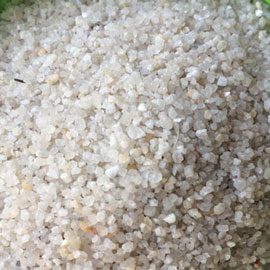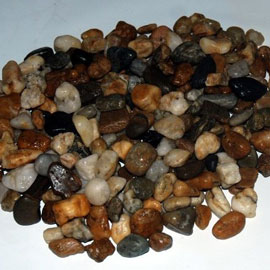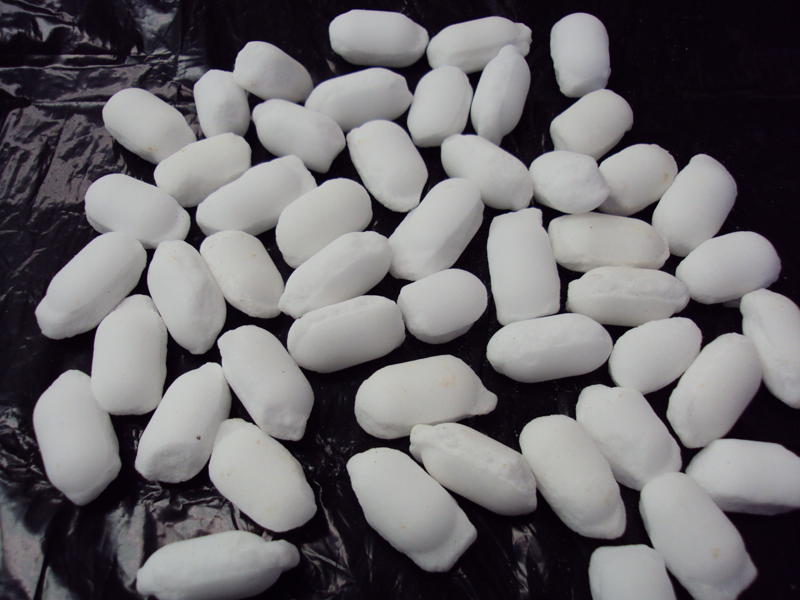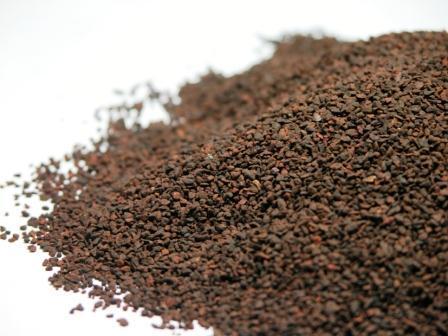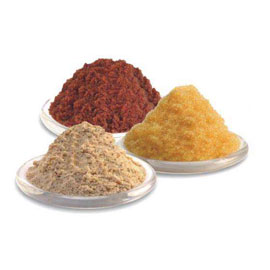
Plastic beads soften hard water
PRODUCT CODE:Price: ContactWater softeners as ion exchange systems use plastic beads. These plastic beads have a negative charge. The reason why negatively charged plastic beads are being used is that calcium and magnesium, on the other hand, have a positive charge. Thanks to that the electricity does the rest of the work and minerals get easily extracted from water. But that’s just the part of the work water softeners are doing.
After several processes of water-softening, these plastic beads get coated with minerals and they need cleaning. Water softener cleans plastic beads by itself thanks to the process called “regeneration.”

Water softeners have three main components: mineral tank, brine tank, and control valve. Each of these main components has its own role in the water-softening process.
- Mineral tank is where most of the action happens. In this tank, minerals get extracted from water by the filtration process and electricity we’ve already mentioned. Incoming hard water passes through plastic beads, electricity does its part, plastic beads attract minerals and we get soft water.
- Brine tank – this is where the solution of potassium or salt is being kept. This is required so the plastic beads can be cleaned once they get coated with calcium and magnesium.
- Control valve – this is a device that controls water flow into and out of mineral and brine tanks during regeneration. Basically what control valve does is determining when is it the time to clean our plastic beads.
To clean a beads water softeners uses process often called regeneration. This process consists of three stages: backwash, recharge and rinse.
- Backwash is how the regeneration process is starting. This happens when the valve reverses the water flow in the tank and flushes the tank of debris.
- Recherche is when the salty brine solution is being pumped into the mineral tank. This highly concentrated salt solution with its positive electric charge is being instantly attracted to the negatively charged plastic beads and forces the magnesium and calcium out of the beads. The excess magnesium and calcium-rich salty water is then flushed out of the tank.
- Finally, the last rinse phase of the regeneration process is when the tank is being filled and rinsed with the water once again and the process starts all over again. The beads are now coated with the salt. Calcium and magnesium from water get again attracted to the plastic beads. When the beads become nearly all coated with the minerals the control valve will start the next regeneration cycle.

